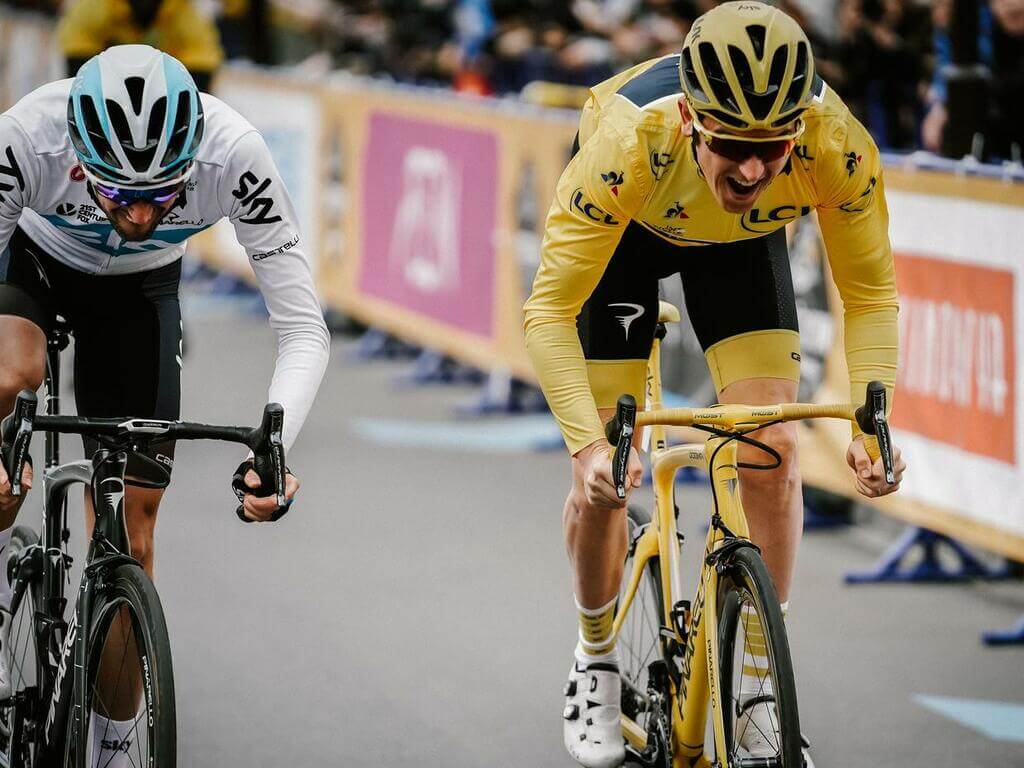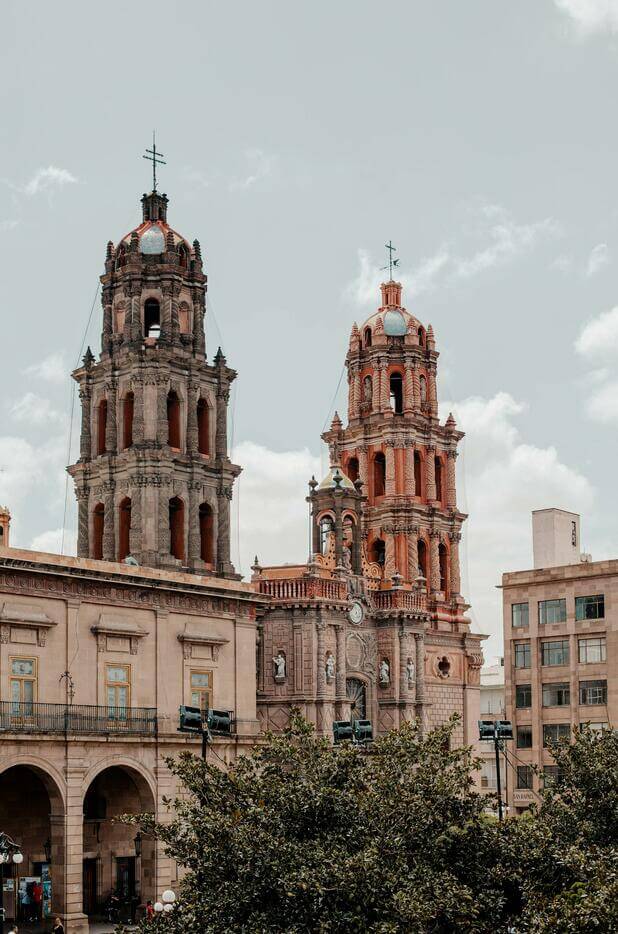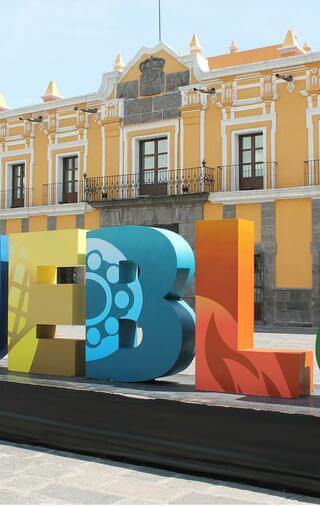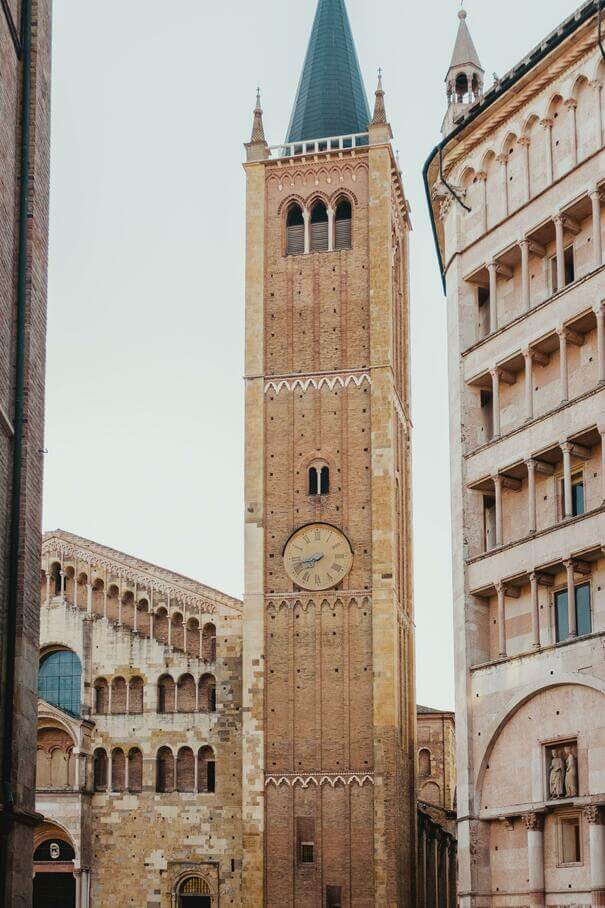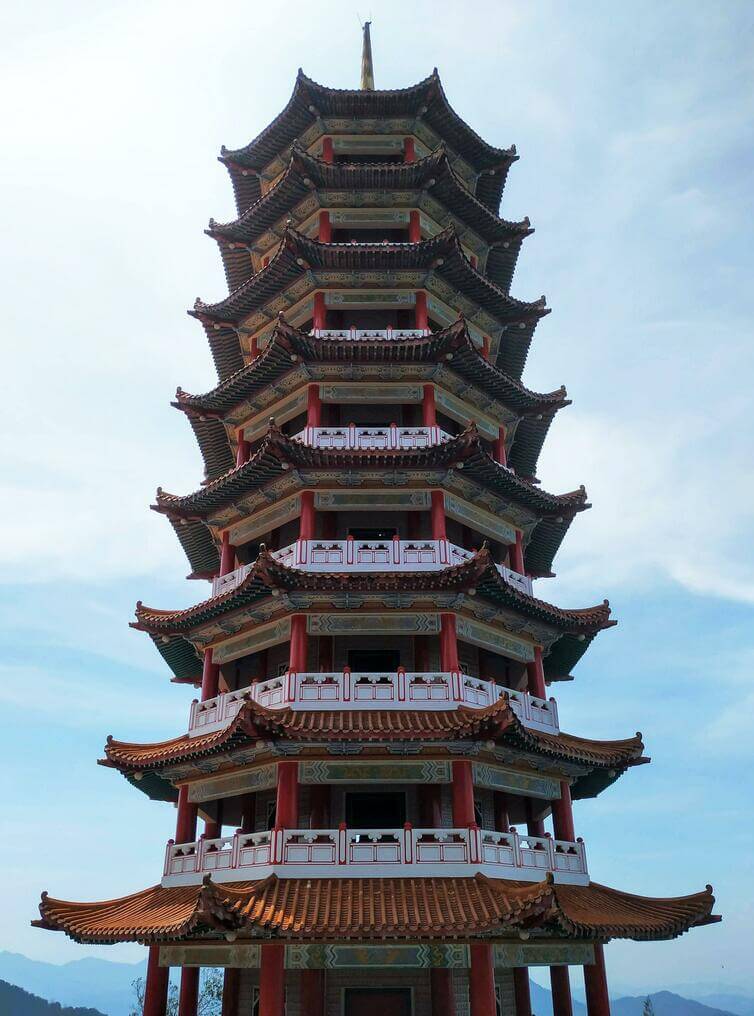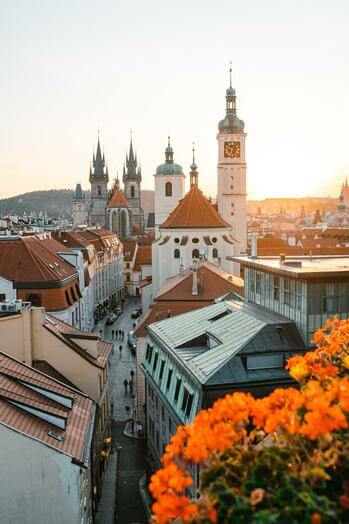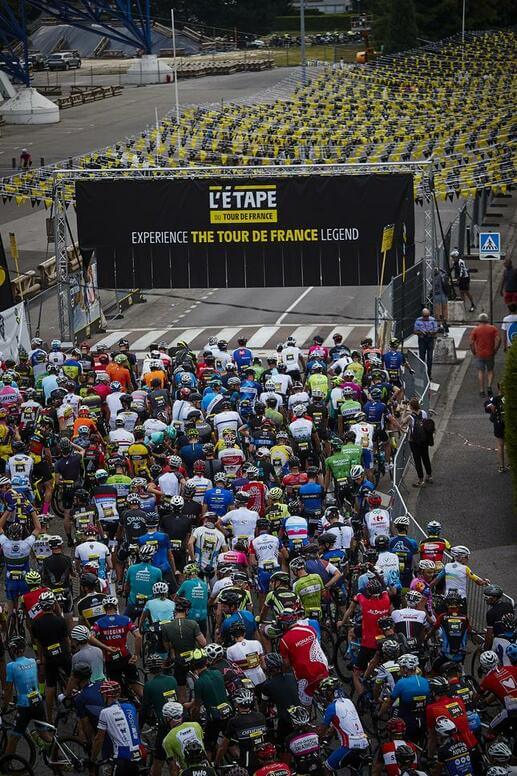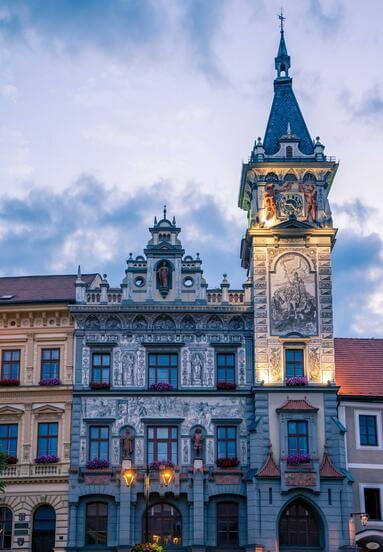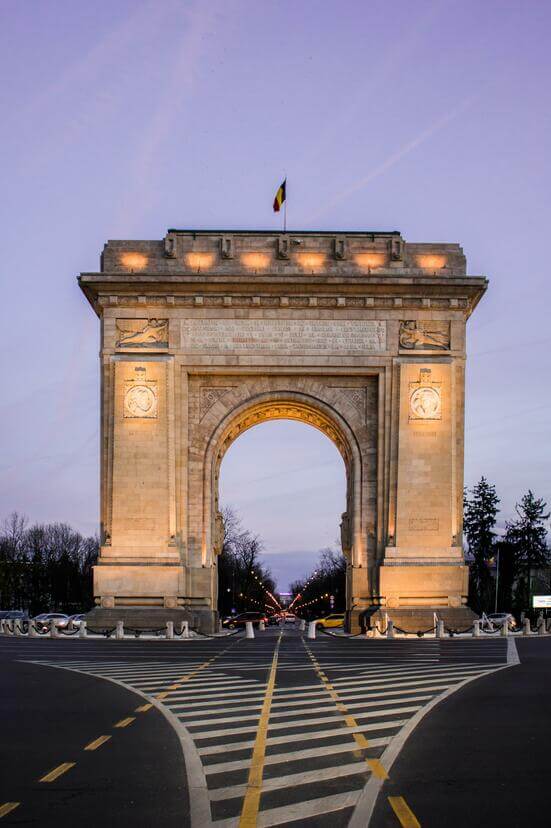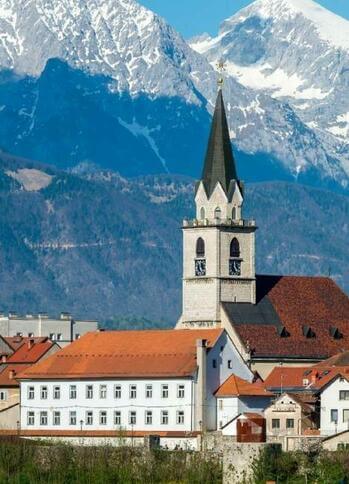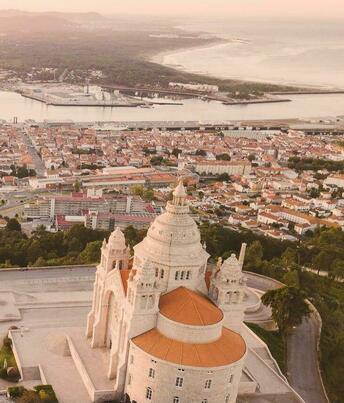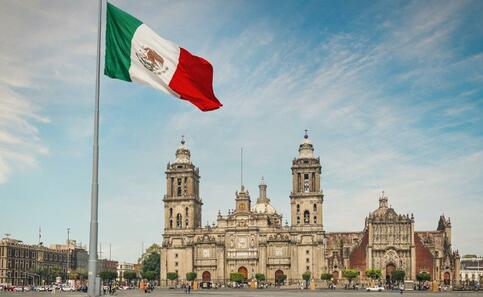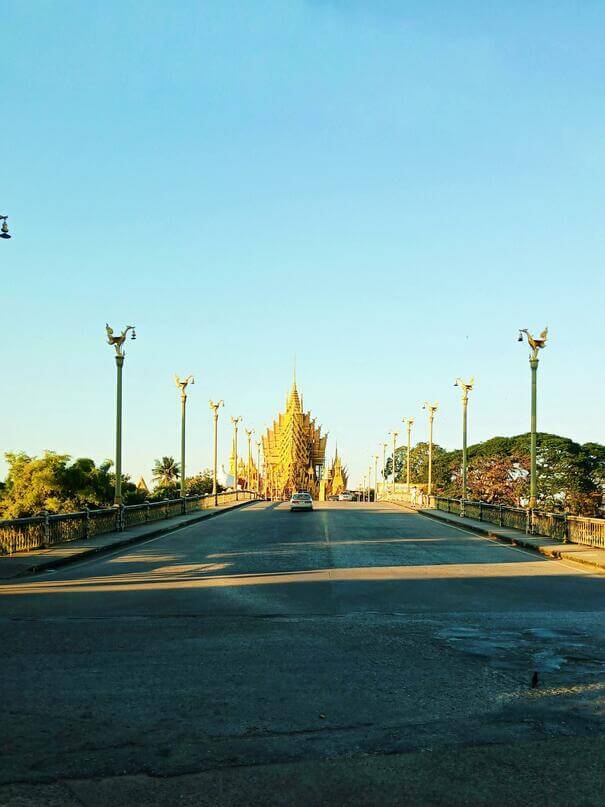The Colourful History Behind the Tour de France Jerseys
Few events capture the imagination quite like the Tour de France. A spectacle of endurance, strategy, and sheer will, the Tour is also a visual feast, not least because of its iconic jerseys. Each jersey not only signifies a leader in a particular section of the race, but also carries a rich history, symbolised through its distinctive colour or pattern. Let's pedal through the story behind the yellow, polka dot, white, and green jerseys of the Tour de France.
The Maillot Jaune (Yellow Jersey)
The most coveted of all, the yellow jersey, or "Maillot Jaune," belongs to the overall race leader. Its origins date back to 1919, a colour choice inspired by the yellow paper of "L'Auto," the newspaper that founded the Tour de France. This bright hue of canary yellow was chosen for its standout visibility in the peloton and as a tribute to the race's origins, singling out the wearer as the frontrunner in the epic journey across France.
The Maillot à Pois Rouges (Polka Dot Jersey)
The polka dot jersey is the top mountain cycler’s prize. Covered with red dots on a white background, it's awarded to the King (or Queen) of the Mountains, the rider who accumulates the most points on classified climbs. Introduced in 1975, the jersey's design was influenced by a major sponsor of the Tour at the time, a chocolate company that packaged their products in similarly patterned wrappers. This jersey not only highlights the best climber but also dots the mountain stages.
The Maillot Vert (Green Jersey)
The cyclist with the top speed and consistency across flat terrains and sprints is the wearer of the green jersey or "Maillot Vert." Since its inception in 1953, during the 50th anniversary of the Tour, the green jersey has been a symbol of the race's best sprinter, awarded on points earned in intermediate sprints and stage finishes. The choice of green was a nod to its original sponsor, a lawn mower manufacturer, linking the colour to speed and the sprinter's explosive energy across the green landscapes of France.
The Maillot Blanc (White Jersey)
The white jersey, or "Maillot Blanc," inspires hope and future potential. It's awarded to the best young rider, aged 25 or under, in the general classification. Reintroduced in 1975 after a brief appearance in the early years of the Tour, the white jersey's colour signifies purity and freshness, embodying youthful spirit and emerging talent within the peloton, marking this cyclist out as a future star.
In the whirlwind of strategy, stamina, and speed that defines the Tour de France, these jerseys stand as beacons of honour, each telling a story of human endurance and the legacy of cycling's greatest race. From the rolling hills to the sprint finishes, these colours not only distinguish the lead athletes, but also represent elements of triumph, perseverance, and the rich history of the Tour.

